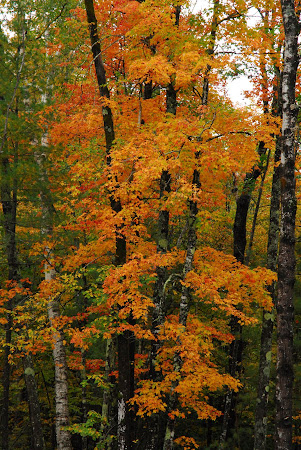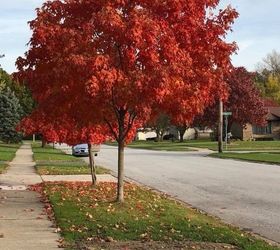
“We’ve had technological advances that allow us to get some place faster but we’ve forgotten that some of the hardest things we’ll ever do are the ones that take us considerable time,” she says.

She says in an era of hoping from one Zoom call to the next, slowing down and focusing on a task like cooking syrup is important. Noodin says another importance lesson that comes from making syrup and sugar is patience.

What comes out of it is the being together as well, the sense that you’re connecting to traditions, that you’re keeping something going that is bigger than what humans created,” explains Margaret Noodin, Indigenous poet, director of the Electa Quinney Institute and professor at UW-Milwaukee. “We have the syrup, we have the sugar, but we have the stories. For many Indigenous people throughout the Great Lakes region, the sugarbush holds deep significance. The Anishinaabe people relied on the sugar maple as a source of nutrition throughout the year. Many of us just buy syrup from the store, but you can process sap on your own and some people have been doing that since way before anyone called this land Wisconsin. But it makes sense when you understand the work that goes into producing even a pint of syrup.

Real maple syrup is an expensive delicacy. In its place, you’ll find other pancake syrups - made up of cane sugar and high fructose corn syrup.

You might see the syrup from this year’s harvest on grocery store shelves, but it can be difficult to find the real stuff. Maple syrup season is over, but the lessons of the sugar maple tree continue to flow throughout the year.


 0 kommentar(er)
0 kommentar(er)
